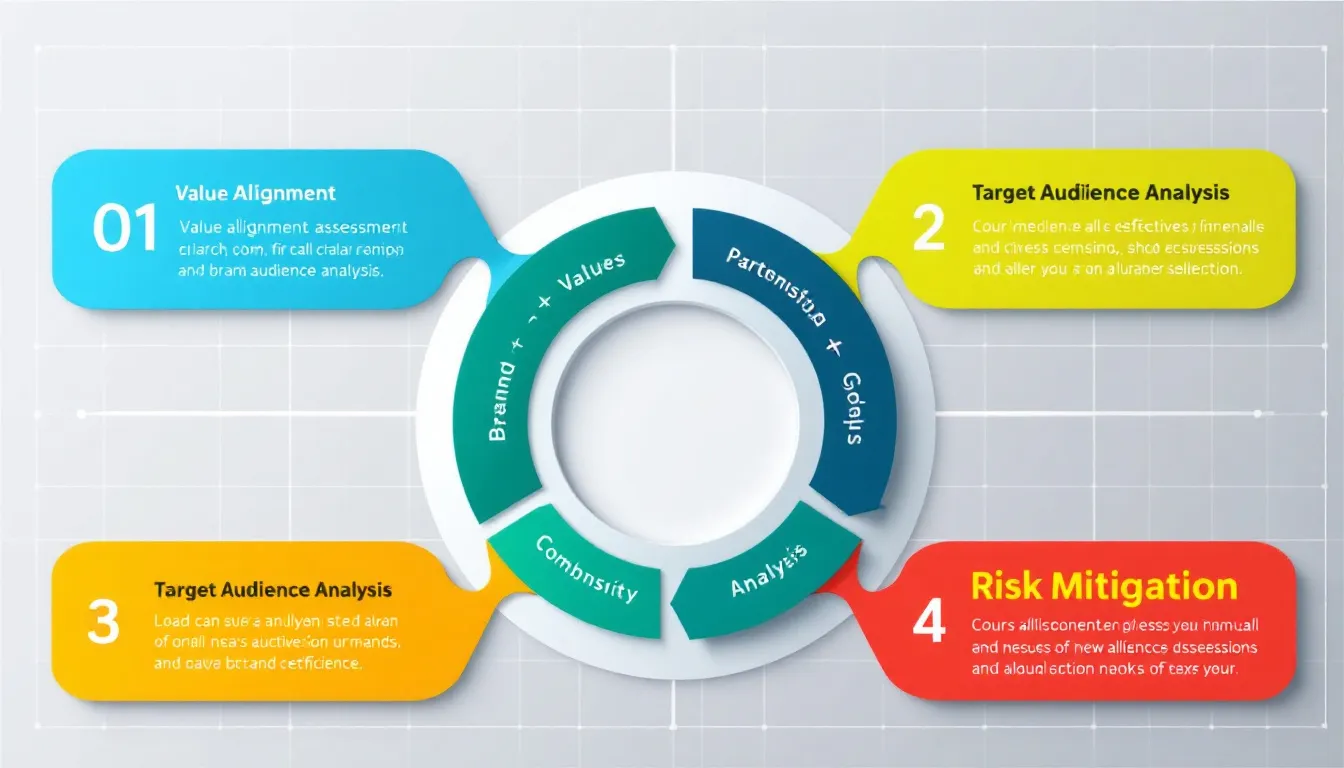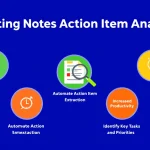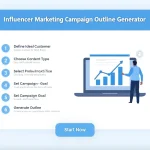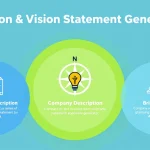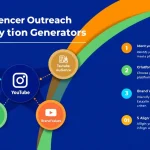Is this tool helpful?
How to Use the Brand Partnership Analysis Tool Effectively
To maximize the effectiveness of the Brand Partnership Analysis Tool, follow these step-by-step instructions for each input field:
1. Brand Name Input
Enter your complete brand name as it appears in official communications. For example:
- Example 1: “Patagonia Outdoor Apparel”
- Example 2: “Beyond Meat Plant-Based Foods”
2. Core Values and Mission
Detail your brand’s fundamental principles and mission statement. Include:
- Primary values driving your business
- Mission statement components
- Brand philosophy and ethics
Sample inputs:
- Example 1: “Environmental sustainability, ethical manufacturing, outdoor preservation, community engagement, and transparent business practices.”
- Example 2: “Revolutionizing plant-based nutrition, promoting sustainable food systems, animal welfare advocacy, and health-conscious innovation.”
3. Target Audience Description
Provide comprehensive details about your target demographic:
- Age range and demographics
- Lifestyle preferences
- Shopping behaviors
- Values and interests
Understanding the Brand Partnership Analysis Tool
The Brand Partnership Analysis Tool is a sophisticated solution designed to evaluate and optimize brand collaborations, sponsorships, and influencer relationships. This comprehensive tool analyzes the alignment between your brand values and potential partnerships while providing strategic recommendations for engagement optimization.
Key Components of Analysis
- Value alignment assessment
- Target audience reach evaluation
- Partnership effectiveness metrics
- Engagement optimization strategies
Benefits of Using the Brand Partnership Analysis Tool
1. Strategic Decision Making
The tool enables data-driven partnership decisions by:
- Evaluating partnership alignment with brand values
- Assessing audience overlap and engagement potential
- Identifying optimization opportunities
- Measuring partnership effectiveness
2. Risk Mitigation
Minimize partnership risks through:
- Comprehensive value alignment analysis
- Audience compatibility assessment
- Partnership potential evaluation
3. Resource Optimization
Maximize return on investment by:
- Identifying high-potential partnerships
- Optimizing engagement strategies
- Streamlining partnership selection
Problem-Solving Capabilities
Partnership Alignment Analysis
The tool addresses common partnership challenges through systematic evaluation:
- Value compatibility scoring
- Audience overlap analysis
- Engagement potential assessment
- ROI projection modeling
Engagement Optimization
Strategic recommendations for:
- Content collaboration strategies
- Audience engagement tactics
- Partnership activation approaches
Practical Applications and Use Cases
Case Study 1: Sustainable Fashion Brand
A sustainable fashion brand used the tool to evaluate potential partnerships:
- Input: Environmental values, ethical production, conscious consumerism
- Target: Environmentally conscious millennials
- Result: Identified alignment with eco-friendly influencers and sustainable lifestyle brands
Case Study 2: Health Food Company
Analysis of partnership opportunities revealed:
- Input: Nutritional wellness, organic ingredients, community health
- Target: Health-conscious families and fitness enthusiasts
- Result: Successful partnerships with fitness influencers and wellness events
Frequently Asked Questions
Q: How can I maximize the effectiveness of my partnership analysis?
A: Provide detailed, accurate information about your brand values, target audience, and current partnerships. The more comprehensive your input, the more precise the analysis and recommendations will be.
Q: What types of partnerships can be analyzed?
A: The tool can analyze various partnership types, including:
- Influencer collaborations
- Brand sponsorships
- Event partnerships
- Co-branded initiatives
Q: How often should I conduct partnership analyses?
A: Regular analysis is recommended, particularly when:
- Considering new partnerships
- Evaluating existing relationships
- Updating brand strategy
- Entering new markets
Q: Can I analyze multiple partnerships simultaneously?
A: Yes, you can analyze multiple partnerships by conducting separate analyses and comparing results for optimal decision-making.
Q: How should I interpret the analysis results?
A: The tool provides clear recommendations based on:
- Value alignment scores
- Audience compatibility metrics
- Engagement potential indicators
- Optimization suggestions
Q: What makes a partnership “well-aligned”?
A: Well-aligned partnerships demonstrate:
- Shared core values and mission
- Compatible target audiences
- Mutual benefit potential
- Strategic fit with objectives
Strategic Implementation Guidelines
1. Pre-Analysis Preparation
Before using the tool, gather:
- Updated brand guidelines
- Recent market research
- Current partnership metrics
- Engagement data
2. Analysis Execution
Follow these steps for optimal results:
- Input comprehensive brand information
- Review current partnerships thoroughly
- Define specific partnership goals
- Document target audience details
3. Results Implementation
Effectively utilize analysis outcomes by:
- Creating action plans based on recommendations
- Developing partnership criteria
- Establishing monitoring metrics
- Setting implementation timelines
Important Disclaimer
The calculations, results, and content provided by our tools are not guaranteed to be accurate, complete, or reliable. Users are responsible for verifying and interpreting the results. Our content and tools may contain errors, biases, or inconsistencies. We reserve the right to save inputs and outputs from our tools for the purposes of error debugging, bias identification, and performance improvement. External companies providing AI models used in our tools may also save and process data in accordance with their own policies. By using our tools, you consent to this data collection and processing. We reserve the right to limit the usage of our tools based on current usability factors. By using our tools, you acknowledge that you have read, understood, and agreed to this disclaimer. You accept the inherent risks and limitations associated with the use of our tools and services.
